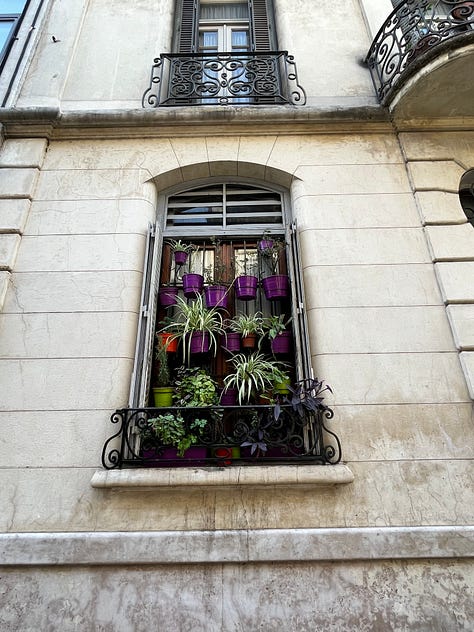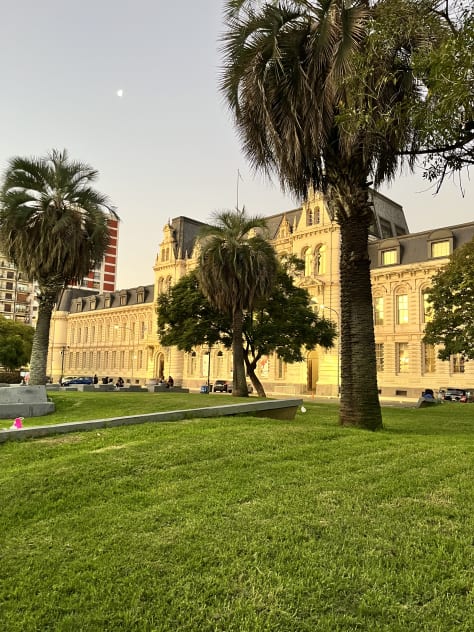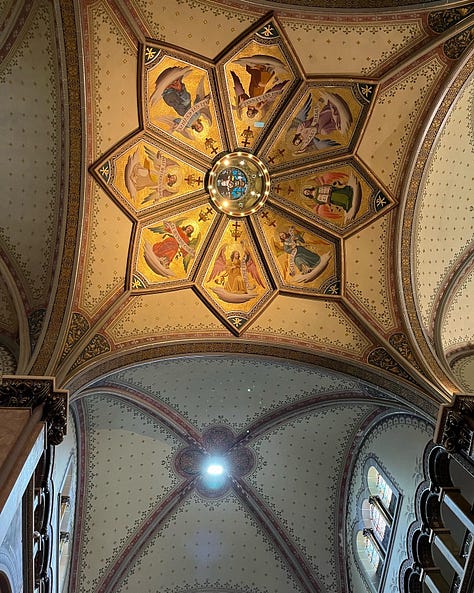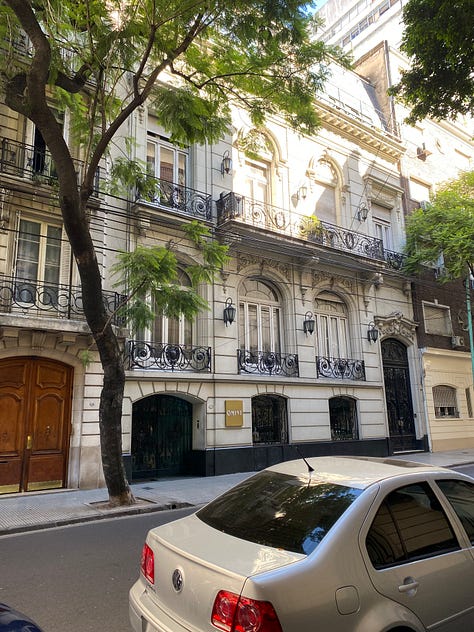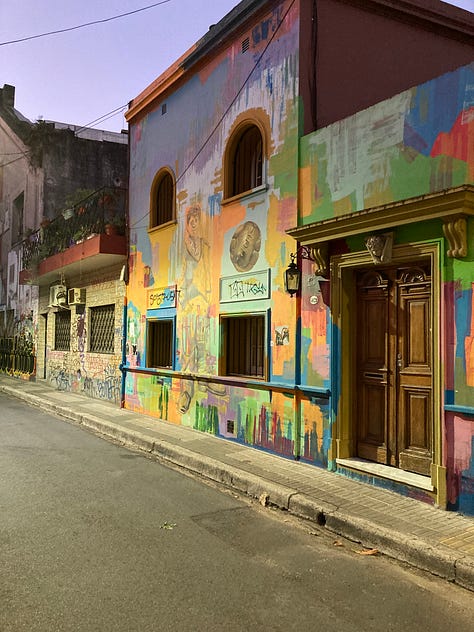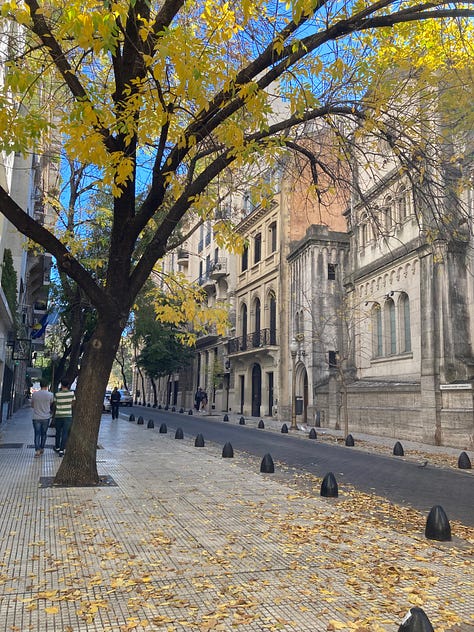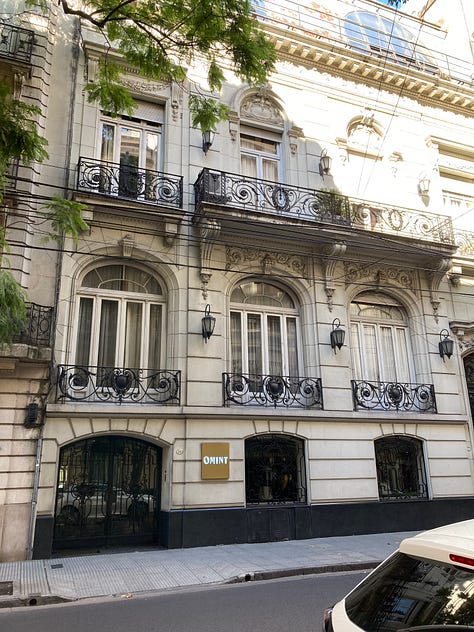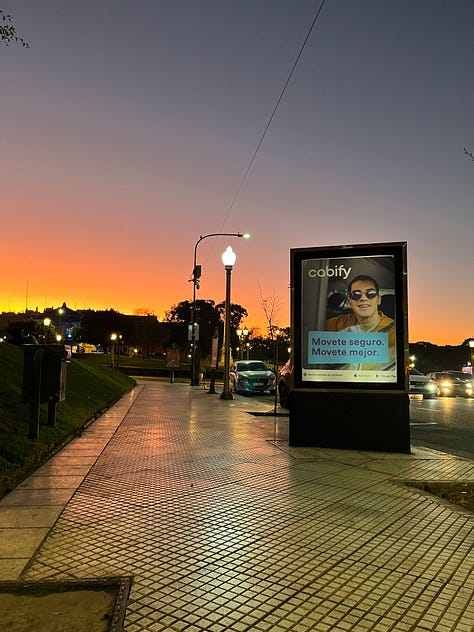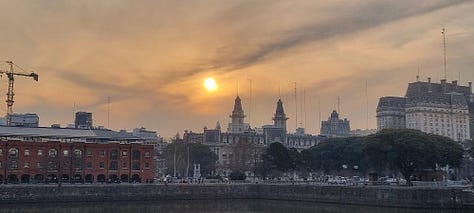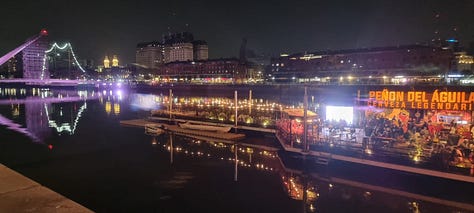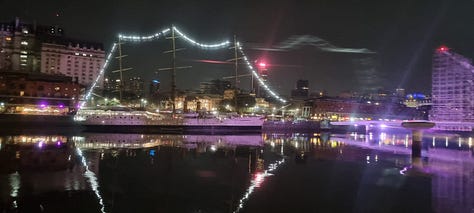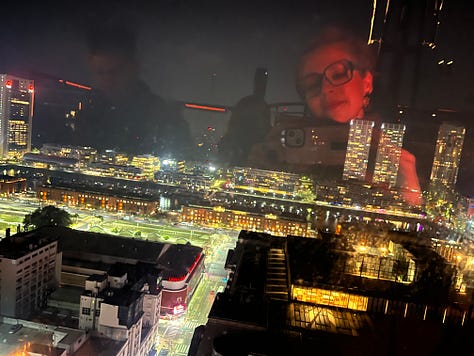Buenos Aires
*All photos by the author unless otherwise stated.
Buenos Aires is a city unlike any other—a place where the soul of Europe has been reimagined in the warmth of Latin America. Walk its boulevards and you'll see a skyline that defies expectations: grand Beaux-Arts palaces sit beside art nouveau gems and neoclassical facades, while modernist towers cast long shadows over cobblestone streets. This architectural patchwork tells the story of a city shaped by waves of immigration, ambition, and an unrelenting pursuit of beauty.
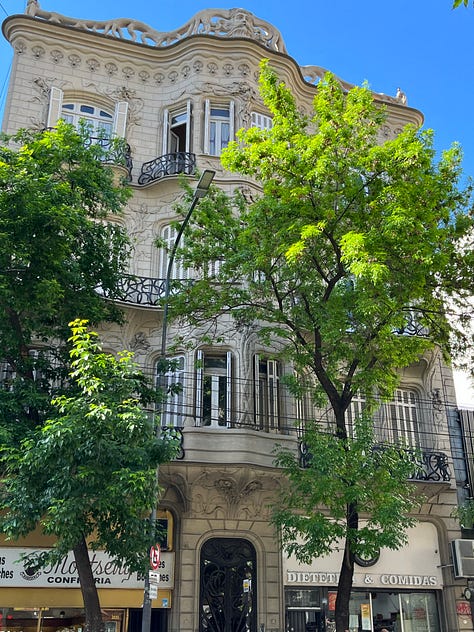


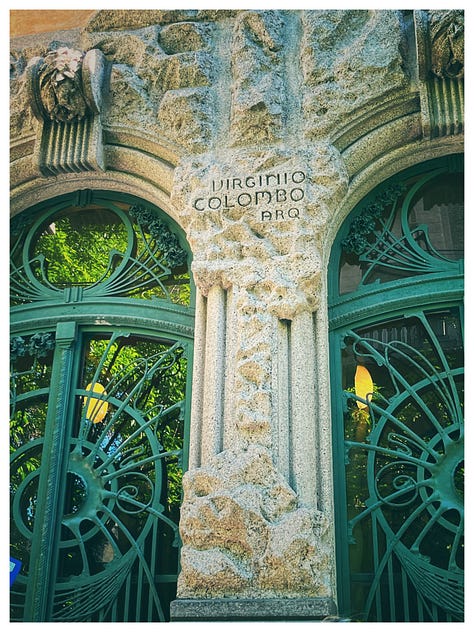
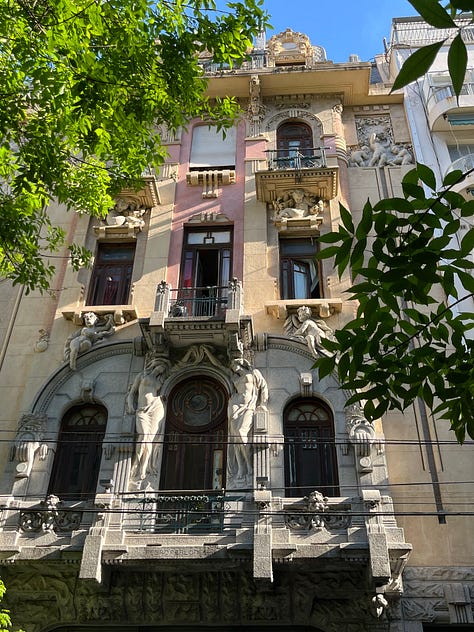
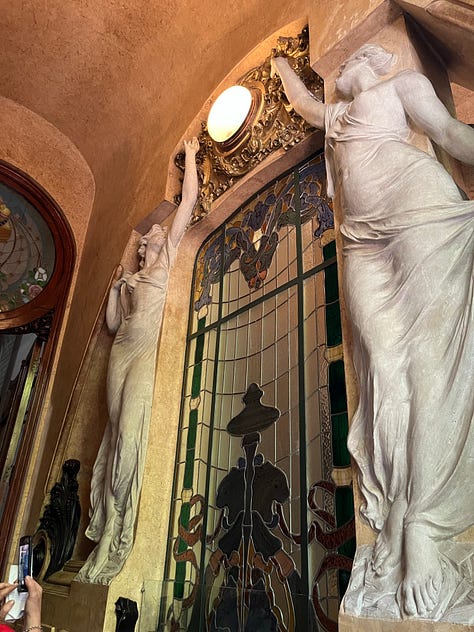
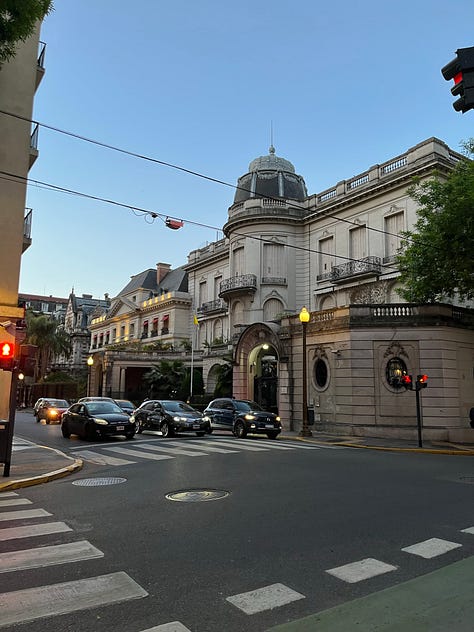
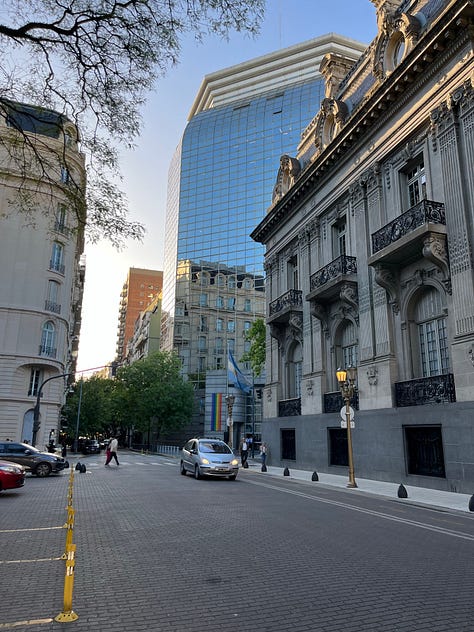

Cafés spill out onto wide sidewalks like open invitations. In Buenos Aires, the café is more than a place to sip espresso—it's a cultural ritual. Here, time slows. Writers, philosophers, and lovers once debated life beneath the same chandeliers that still flicker over worn marble tables. But not everything is antique charm. You can also visit any one of the specialty cafés that have recently sprung up all over town and delight in gourmet blends. Order a cortado, maybe a medialuna, and sit as the city swirls around you.
Argentinians have a ritual: La Merienda (The Small Meal). Every day, between the hours of 3pm and 8pm, you will find them sitting in cafés, eating their medialunas and drinking their cortados, deep in conversation. No topic is off-limits. You will hear discourses that range from politics to what a superior medialuna should taste like.
It is a fantastic time to people-watch.
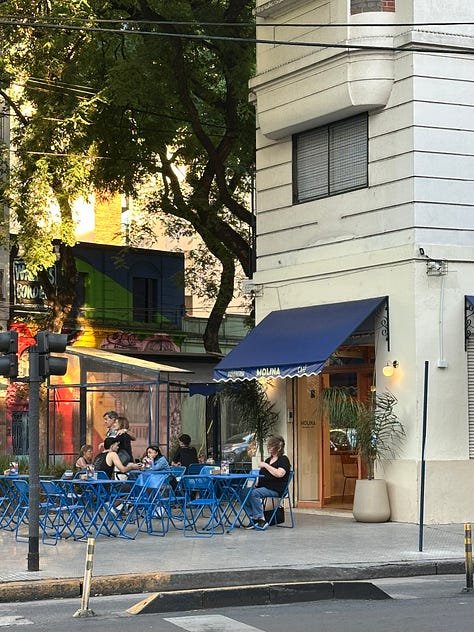
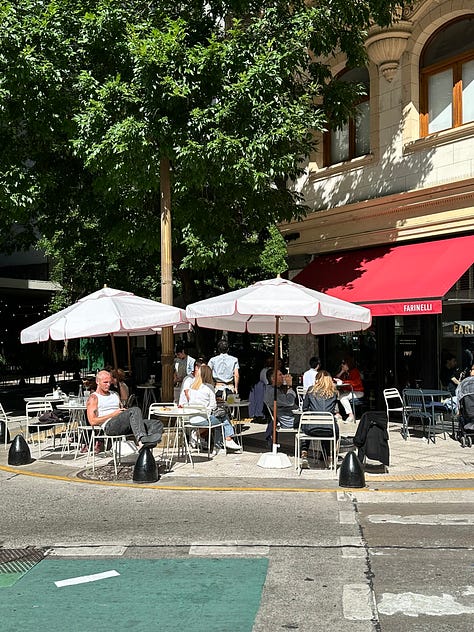
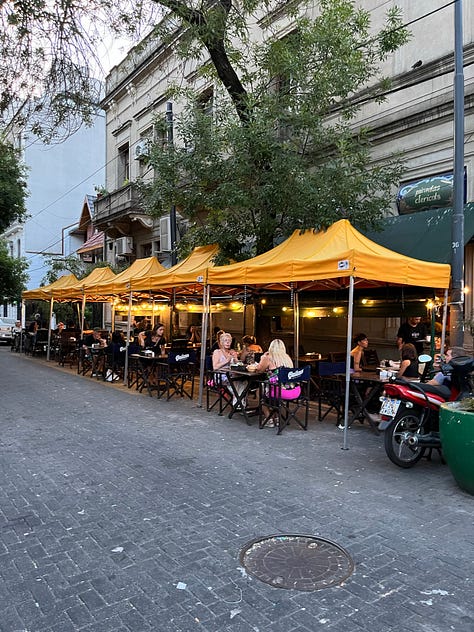



And the trees. Trees line the sidewalks in all neighborhoods, creating alluring spring and autumn cityscapes that only add to the lushness of Buenos Aires. We have President Sarmiento in the mid XIX century to thank for that, for the trees that add to the beauty that is Buenos Aires.
Museums dot the map like stars, from the Latin American Art Museum of Buenos Aires (MALBA), with its cutting-edge contemporary collections, to the ornate Museo Nacional de Bellas Artes, where works by Goya and Van Gogh wait in quiet galleries. Art, here, isn't confined to frames—it's alive in the murals of San Telmo, in the tango dancers who turn sidewalks into stages, in the murals that bloom with impromptu works of art.
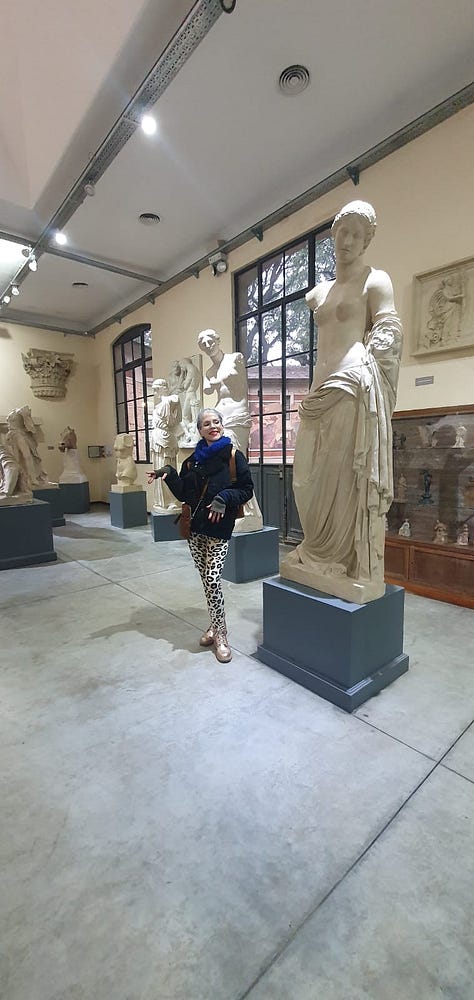


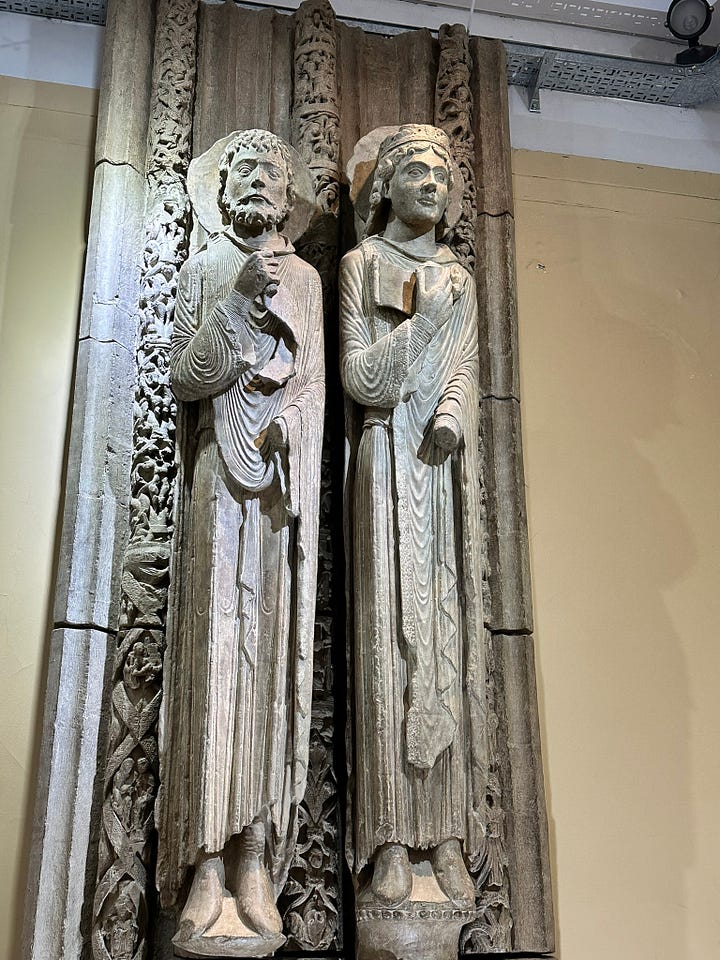
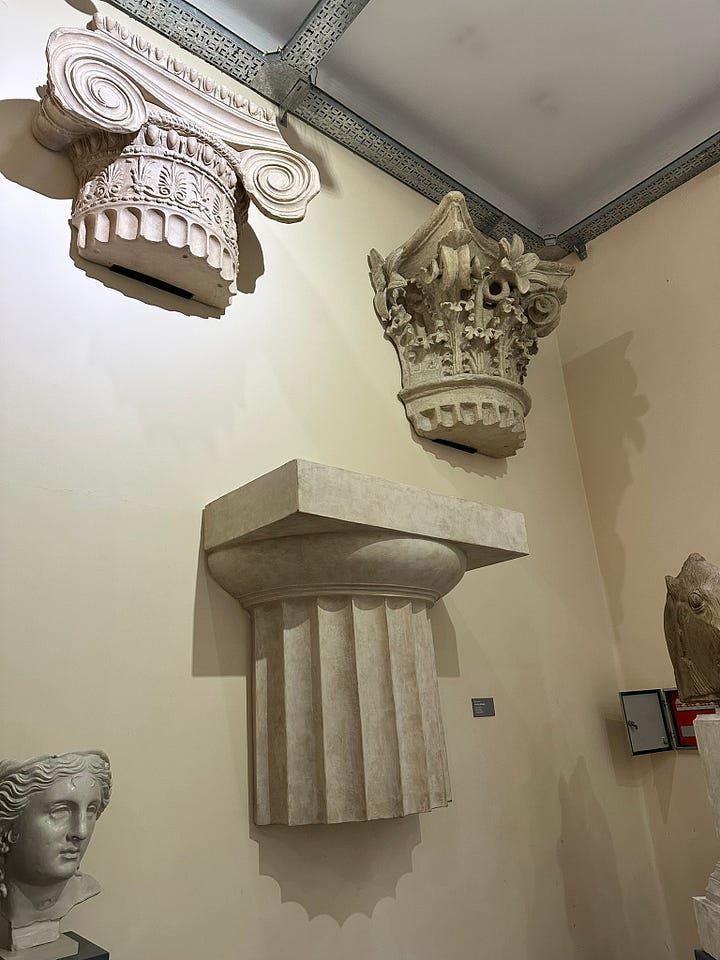


Buenos Aires is a city that reads. With over 35 public libraries lining the city, including some of the most beautiful in the world, it is a sanctuary for the written word and a respite for the city traveler. I’ve spent countless hours inside stunning petit hotels now converted into libraries, marveling at the light seeping in through antique vitreaux, a book and a cup of coffee in hand.
Bookstores abound. It is the city with the largest number of bookstores per capita. The majestic El Ateneo Grand Splendid—a converted theatre draped in velvet and frescoes—is a cathedral of literature, where books replace stage lights and silence feels like reverence. It has been hailed as one of the most exquisite bookstores in the world.


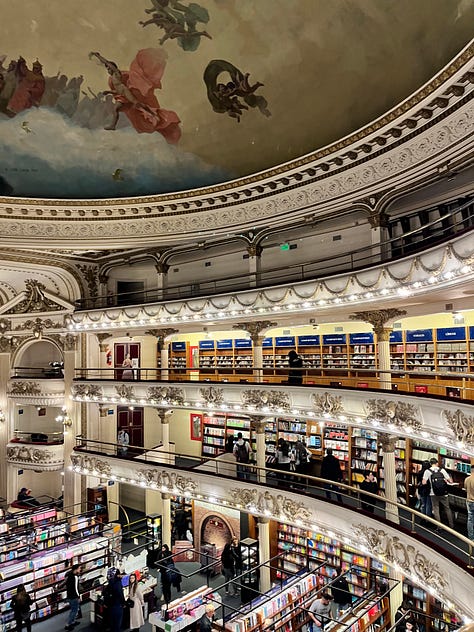
It even has its own café on the premises.
And just when other cities go to sleep, Buenos Aires begins to stir. Dinner at 10 p.m. is normal. Midnight? Still early. You can stroll into a parrilla and savor melt-in-your-mouth steak with a glass of Malbec, then wander to a heladería for a creamy scoop of dulce de leche as if it were the most natural midnight craving in the world.
And Argentinians are warm and friendly! Always willing to strike up a conversation with a stranger, discussing politics, inflation and soccer as as though their lives depend on it.
Nightlife here is legend. Rooftop bars hum with music, speakeasies hide behind bookcases, and nightclubs pulse until dawn. Yet the city’s cultural heartbeat might be strongest in its theatres—hundreds of them from grand venues like the Teatro Colón, a world-class opera house of stunning acoustics and elegance, to intimate underground spaces where new plays and standup comedians rise.
Despite all its energy, Buenos Aires also knows how to breathe. Sprawling parks like the Bosques de Palermo offer green relief from the city’s rhythm. There, joggers circle the tranquil waters of the Lago de las Regatas, where rowing boats glide by, friends, families and couples picnic under jacaranda trees.
Expect geese to come flocking towards you, wings outstretched, if they suspect you've got pochoclos to feed them.
Even the geese are friendly.
El Rosedal is the biggest rose garden you will find in Latin America. Roses of all colors and hues welcome you and bid you to sit awhile, to bask in their beauty.
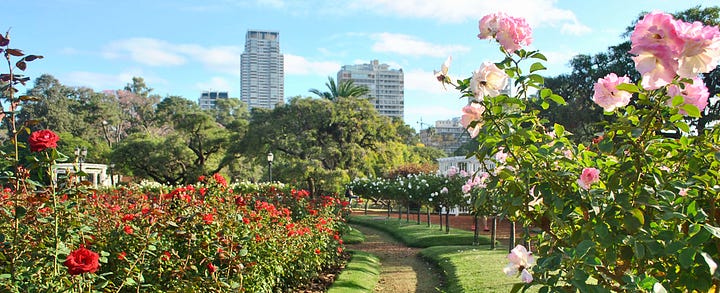
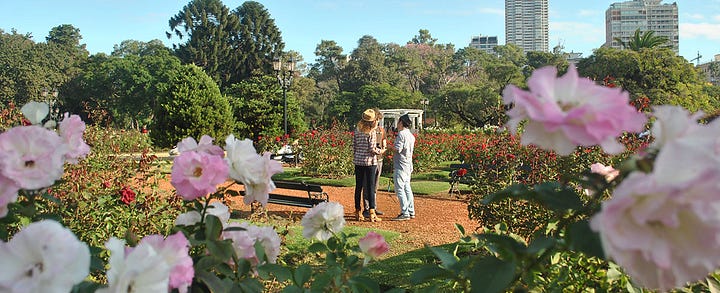

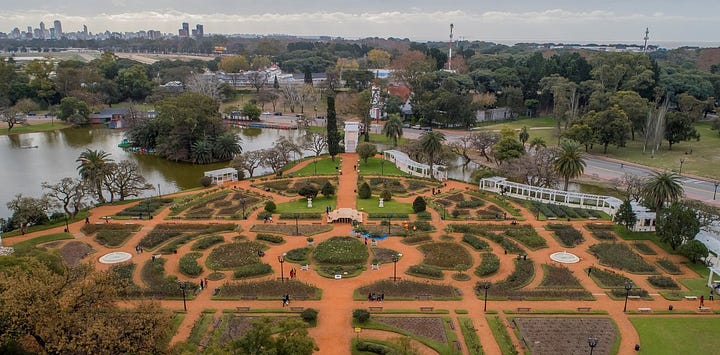
Buenos Aires is a city of contradictions: elegant and raw, relaxed yet electric, timeless and ever-evolving. It doesn’t just invite you to visit—it dares you to fall in love.
I’d marry it in a heartbeat.


